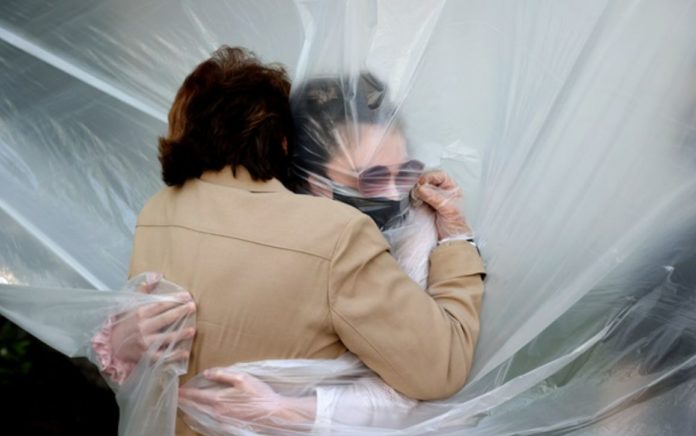The person being hugged feels trust, sympathy, security and calmness. At the same time, you don’t have to hug a person to improve your well-being.
In times of limited contact and social distancing,longing for closeness, physical contact, and hugs grows. Scientists have found out what happens in the human body after a 20-second hug.
The person who is being hugged feels trust, sympathy, safety and calmness, which has a beneficial effect on both the psyche and physical well-being.
- Scientists in Fear of This New Predator From Red Sea Eating Native Species in Mediterranean
- Does This Mean We Stopped Being Animal and Started Being Human Due to ‘Copy Paste’ Errors?
- The One Lifestyle Choice That Could Reduce Your Heart Disease Risk By More Than 22%
- Aging: This Is What Happens Inside Your Body Right After Exercise
- Immune-Boosting Drink that Mimics Fasting to Reduce Fat – Scientists ‘Were Surprised’ By New Findings
When we are hugged, the body produces signaling substances, which are popularly called the hormones of happiness. For example, oxytocin has a calming effect, relieves stress, and strengthens relationships between people.
According to a study by the American Psychosomatic Society, after just 20 seconds of cuddling, couples show an increase in oxytocin levels.
However, in order to improve our well-being, it is not necessary to hug a person.
“For example, at the University of Shevde, Sweden, the positive effects of hugging dogs were found.”
Eating delicious food slowly can also boost oxytocin production, Swedish scientists say.
And neurologist Sebastian von Berg from Bremen also advises hugging a tree.
“It sounds funny, but if you try it once, you will notice: it gives a pleasant, strong feeling,” says the expert.
Scientists have also identified objective factors that can determine the ideal hug.
For example, researchers from Japan’s Toho University, observing the heart rate of newborns, found that the “average” strength of a parent’s hugs soothes best – not only children, but also parents.
However, a “hug” in Japanese families should not last longer than 20 seconds, scientists recommend, since this can cause anxiety in children.
- Scientists in Fear of This New Predator From Red Sea Eating Native Species in Mediterranean
- Does This Mean We Stopped Being Animal and Started Being Human Due to ‘Copy Paste’ Errors?
- The One Lifestyle Choice That Could Reduce Your Heart Disease Risk By More Than 22%
- Aging: This Is What Happens Inside Your Body Right After Exercise
- Immune-Boosting Drink that Mimics Fasting to Reduce Fat – Scientists ‘Were Surprised’ By New Findings
Biopsychologist Sebastian Oaklenburg from Bochum is researching with colleagues whether emotional context influences the way people cuddle.
“After observing hundreds of meetings in the arrivals and departure areas at the airport, they concluded that if feelings occur, people are more likely to hug the other person with their left hand. The left half of the body is controlled by the right hemisphere of the brain, which is actively involved in the processing of positive and negative emotions,” said the scientist.
